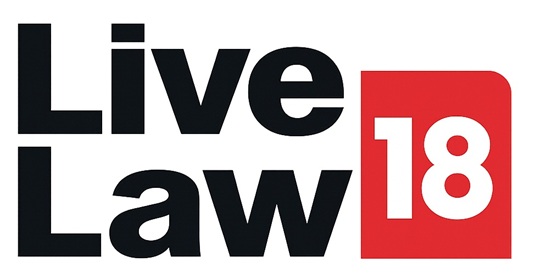Citation: Merck & Co. v. Reynolds, 559 U.S. 633 (2010)
Facts of the Case:
investors filed a securities fraud class action suit against Merck & Co., alleging that the company had misled them about the safety and commercial viability of its drug, Vioxx.
The investors claimed that Merck knowingly misrepresented the heart-attack risks associated with Vioxx
Issues of the Case:
The main issue was the statute of limitations for filing a securities fraud complaint. Specifically, whether the two-year statute of limitations began when the investors were put on “inquiry notice” of the fraud or when they actually discovered the facts constituting the violation
Plaintiff:
Investors (Reynolds et al.): The plaintiffs were a group of investors who brought the suit against Merck & Co., claiming economic losses due to the alleged misrepresentation of Vioxx’s risks
Defendant:
Merck & Co.: The defendant, Merck & Co., was accused of misleading investors about the safety of Vioxx and its potential risks
Court which Decided the Case:
Supreme Court of the United States: The case was decided by the U.S. Supreme Court on April 27, 2010
Judgement:
The Supreme Court held that the statute of limitations begins to run once the plaintiff actually discovers, or a reasonably diligent plaintiff would have discovered, the facts constituting the violation. The Court ruled that the investors’ suit was timely because they did not discover the facts until after Merck publicly acknowledged the risks associated with Vioxx
